Where to stay in Lamington National Park
When blazes ripped through this property in the Gondwana rainforest behind the Gold Coast, there was nothing left to salvage. So the owners started again.
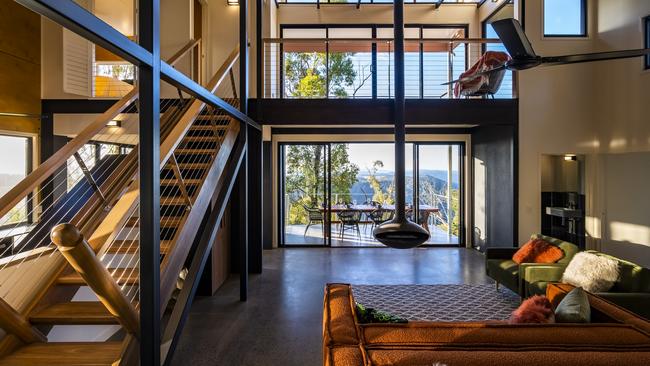
Whipbirds call and early morning sunlight pries insistently at my closed eyelids at Alcheringa in Lamington National Park. We drove up late the previous night in pitch black conditions, cautiously navigating a series of hairpin bends with the car’s lights on high beam. As the equivalent of a blindfolded arrival, it makes the vertiginous views come daylight all the more breathtaking.
Framed by graceful eucalypts, the remarkable vista plunges from where Alcheringa stands at an altitude of 900m out over the verdant Numinbah Valley, with distinctive Egg Rock (Kurraragin in the local Yugambeh language) and Hinze Dam in the distance. The landscape is so lush and green it’s difficult to imagine the bushfires that tore through this Gondwana Rainforests of Australia World Heritage area in Queensland in September 2019. Heralding the start of Australia’s Black Summer bushfires, the blaze blackened 1532ha of land in the national park, razed historic Binna Burra Lodge and 42 cabins, and gutted 11 nearby homes, including the original Alcheringa.
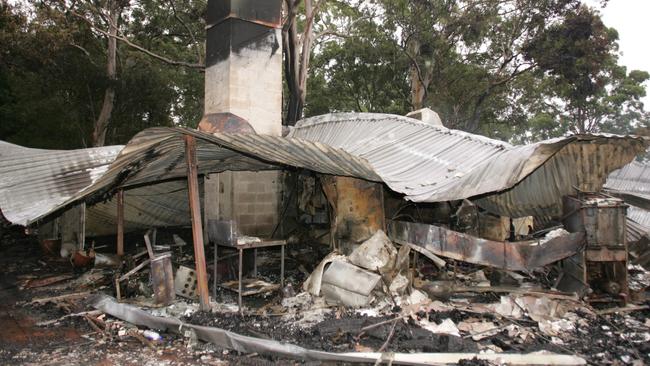
Its owner, Tony Groom, was living in Brisbane by then but he recalls the moment he heard fires were threatening what had been his family home for 40 years. He was leading a group walking tour at Girraween National Park near Stanthorpe on the NSW border.
“There was no radio or internet, so we didn’t know what was happening,” he says. He kept his concerns at bay by reasoning that the six rock walls hand-built by his brother Donn in the early 1970s were close to indestructible. “But there was nothing left to salvage,” Groom says. “Even the (rock walls) were compromised by 700-degree heat and they eventually had to be demolished.”
With an enduring personal connection to Binna Burra Lodge, he was also grieving the loss of this heritage-listed landmark. Like members of the O’Reilly clan of O’Reilly’s Rainforest Retreat, which lies just over 20km away along the Border Track, members of the Groom family are rainforest royalty, with ties stretching back generations. Binna Burra Lodge was co-founded in 1933 by Arthur Groom, Tony’s father; Tony then managed it for 15 years, from the age of 21.
“I was young and green, but I knew what it was there for,” he says. “(My father) saw the value of people being in nature.”
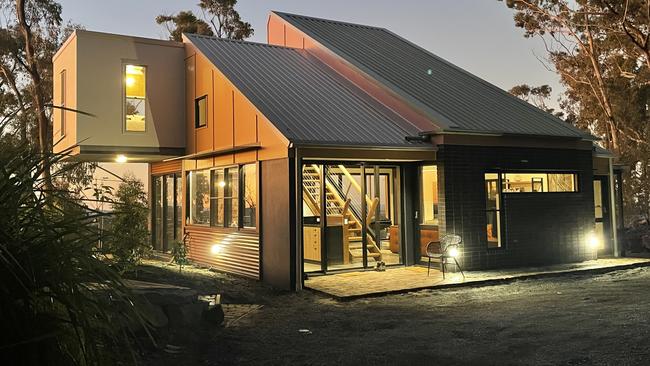
It took 14 months and $30m before the road in and out of Binna Burra reopened. The Alcheringa rebuild then blew out from one to two years due to pandemic-related labour shortages and delays in sourcing materials.
Robin Spencer, the architect who’d designed the original house, was tasked with the rebuild, and from the ashes and rubble, a reimagined Alcheringa rose. In place of the incinerated house plus granny flat now stand stylish fraternal twins – two standalone homes with soaring ceilings and wrapround window walls, surrounded by native gardens.
My companion and I are staying in Numinbah (the east house), which opens through an understated glass door to a spacious living area containing a gas fireplace and galley-style kitchen and dining area. On this level, there’s also a bedroom with ensuite, cantilevered rear deck, and a mud room for wet weather gear.
Up a sweeping flight of timber steps is the ensuite main bedroom and a gallery-style space with a comfortable nook that’s perfect for reading, meditating or contemplating the universe. Despite the abundance of windows, there are few coverings, even in the bathrooms. While this dissolves the boundaries between inside and outside, some might find it disconcerting from a privacy perspective, and it does mean wearing an eye mask if you’re planning to sleep in. But we’re up bright and early, ready to tackle the 17.4km Coomera Circuit, which leaves from a trailhead a few hundred metres up the road. The gently undulating track contains several creek crossings, most of them shallow, and easily navigated via stepping stones. We stop for a drink and snack break at the Coomera Falls lookout, where the Coomera River thunders 160m into a deep gorge, and drifts of white butterflies float by over the valley.
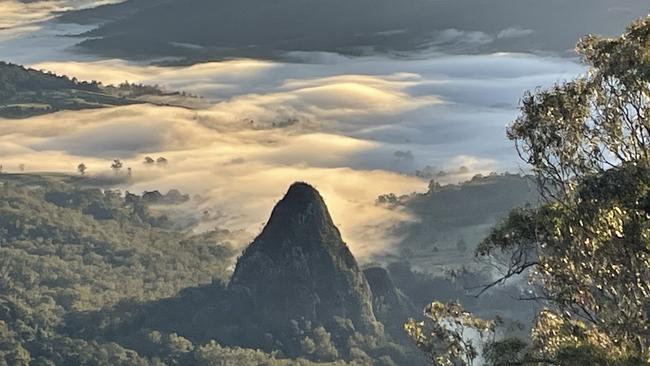
After a couple more hours of walking, fatigue sets in, my pace flags, and I start inwardly cursing the exposed tree roots, mossy rocks and lingering puddles that make an uphill climb hard-going. Yet when I look up from my muddy boots, I see walking stick palms fruiting either side of the path, their bright red berries strung like festive baubles, lighting the way back to civilisation and comfort.
Such exertion makes Alcheringa’s heated outdoor spa, a stroll from the houses, irresistible. With relief, I sink neck deep into the bubbles and, through the spray, and the branches of a sprawling grey gum overhead, I watch the moon and stars brighten as darkness descends. A noisy, territorial male koala nicknamed Jake often hangs out here, Groom has mentioned, yet while I carefully scan the silhouette of the tree above, there’s no sign of him tonight.
After towelling off, we head to Binna Burra Lodge, which – unless you’re self-catering – is the only place to dine. Groom’s Cottage is a tallow-wood slab and shingle structure hand-built by Arthur Groom as his family home. Having survived the bushfires, it is a popular spot to collapse post-hike, recharging on cheese and deli platters, pizzas and a good selection of local wine, beer and cider.
With more substantial appetites to sate, we gravitate towards Binna Burra Tea House, which also narrowly escaped the blaze. Last year, the back deck was extended to create additional al fresco dining space that offers a view of the twinkling lights of the Gold Coast in the distance. We opt for the two-course set menu, which represents good value rather than fine dining – plump prawn skewers and native bush-spiced squid, followed by a pasture-fed lamb rack and barramundi topped with salsa verde.
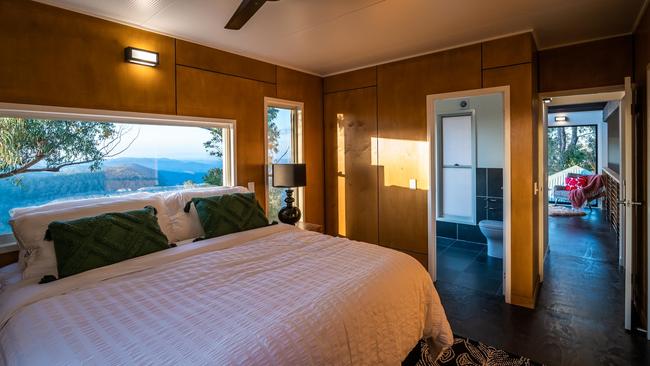
Next morning, we set out on the 7km Caves track, which winds through eucalypt open forest, some of which was singed in 2019, and past dramatic overhanging caves formed by the erosion of volcanic rock and ash. Afterwards, we amble through the signposted native gardens Groom planted in the fire’s wake. These include hundreds of fire-resistant species, including lomandra, which reshoots from underground corms, along with wildflowers such as wild ginger and blue flax lilies, and bush tucker plants Davidson plum and blue quandong.
Groom is also enjoying seeing what naturally takes root as the area recovers. He hasn’t labelled two bolwarra (Eupomatia laurina) plants, which sprouted unexpectedly from the ash; he doesn’t want collectors to pinch these primitive-looking gems dating back 120 million years.
“They were one of the first flowering plants … and they look ancient, like something the dinosaurs could have eaten,” Groom says. “The seeds of those could have been lying there for 100 years until just the right conditions.”
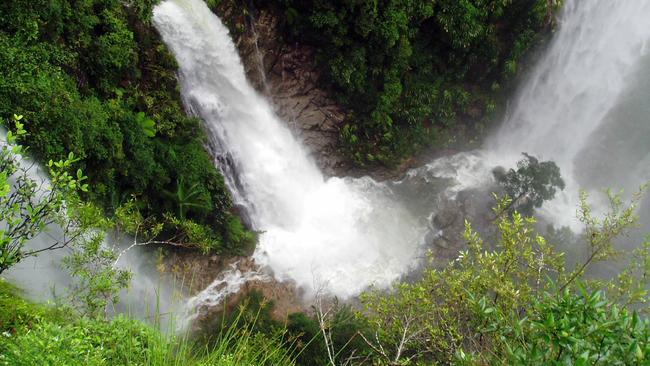
IN THE KNOW
Alcheringa is roughly 1½ hours by road from Brisbane or from Gold Coast Airport and is the perfect base for exploring some of Lamington National Park’s 145km of tracks. Late-checkout weekends (arrive Friday, depart by 6pm on Sunday) start at $940 for one double room. Binna Burra Tea House is open daily for breakfast, lunch and dinner. Two-course ($45) and three-course ($60) set menus are offered in the evening.
Denise Cullen was a guest of Tourism and Events Queensland.


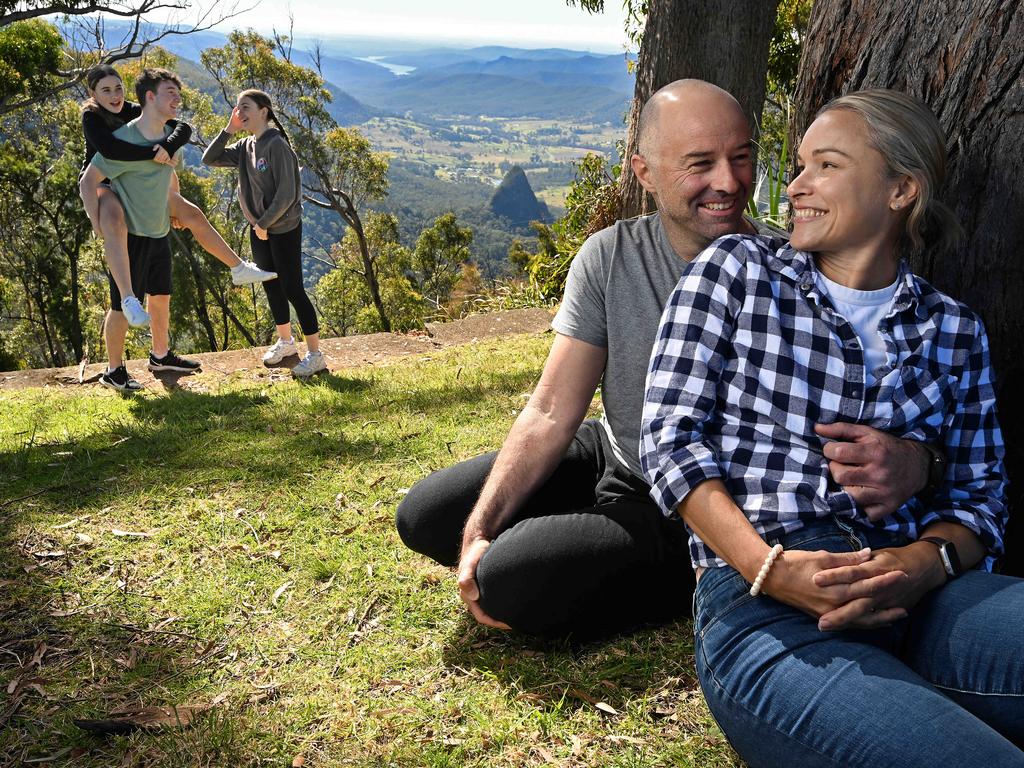
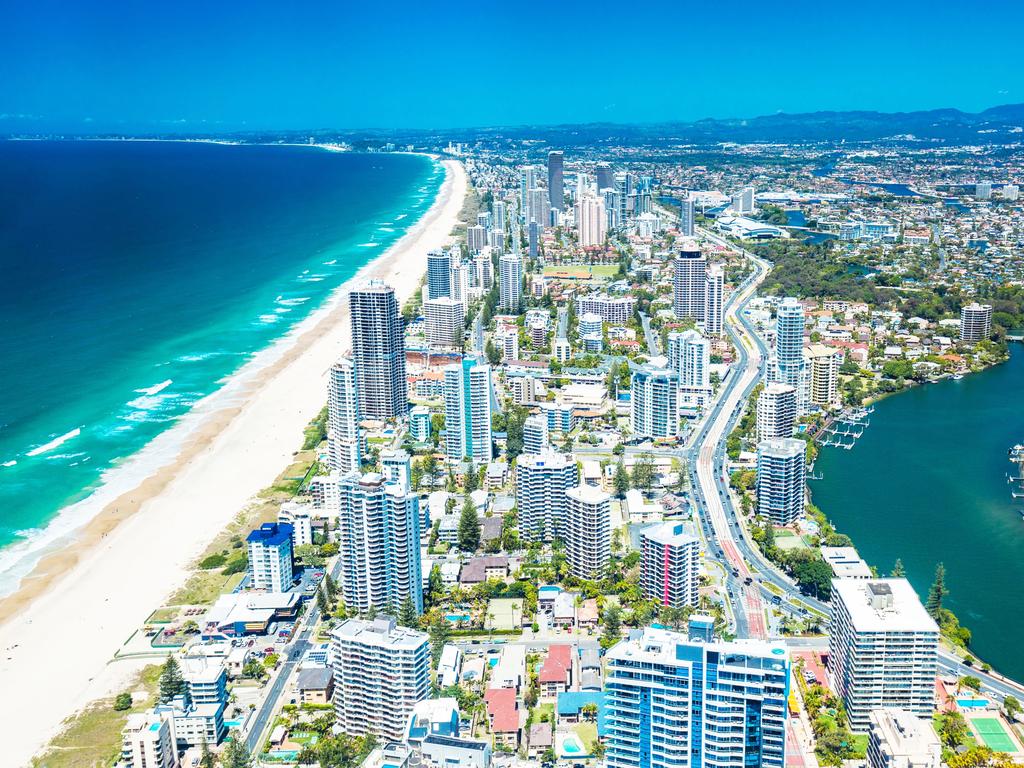

To join the conversation, please log in. Don't have an account? Register
Join the conversation, you are commenting as Logout